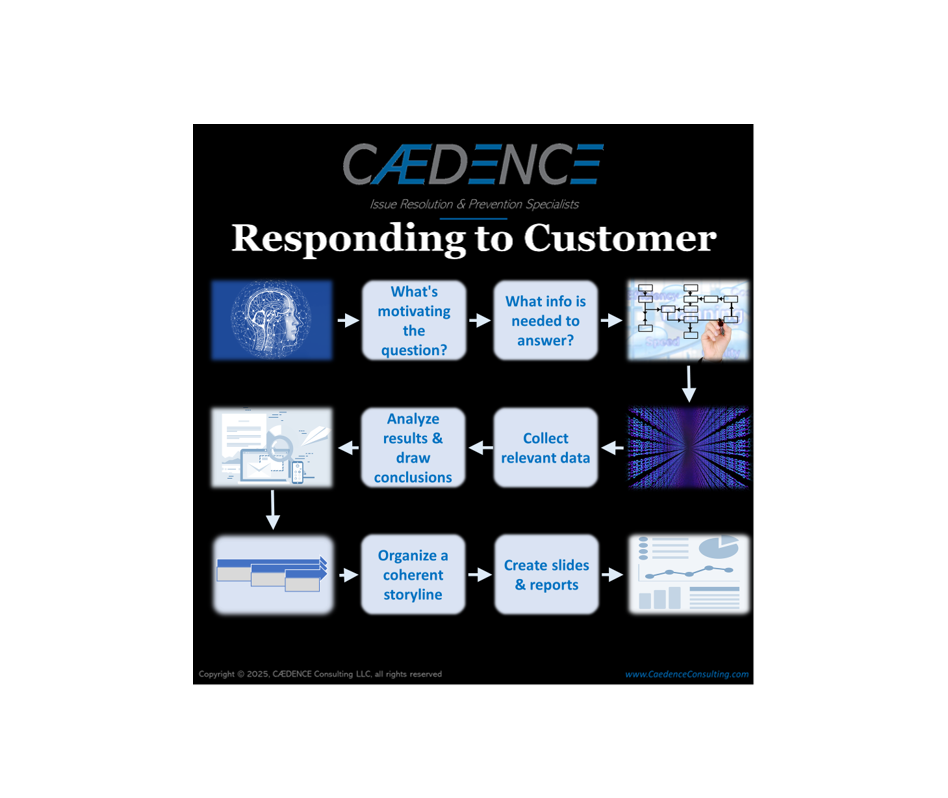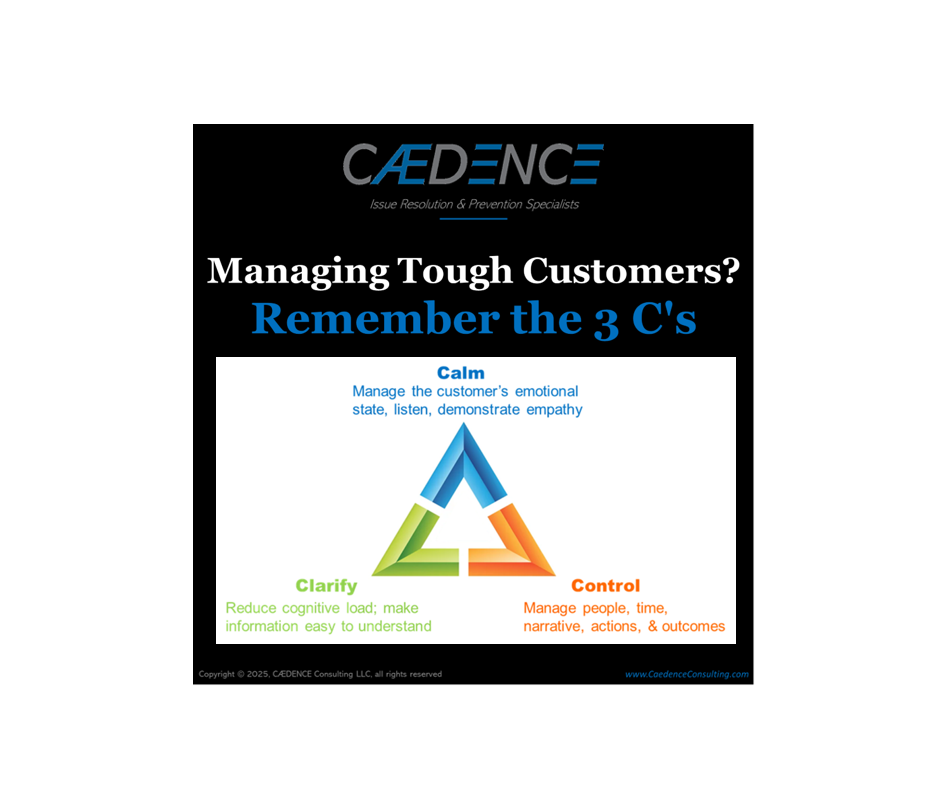Vicious Cycle
“How does this guy manage to create more tasks than he completes?!”
I once had a direct report who was “net negative” when it came to productivity. Although very smart, he was largely oblivious to the nuances of communication.
When a customer would ask for something, he was unable to see how their request fit in the broader picture. He couldn’t intuit what the customer “really” wanted to know. As a result, he would dutifully respond to the specific request without providing any context or influencing in any way, invariably provoking more customer questions that had to be followed up on.
It was a vicious cycle - at the end of each day, his list of customer questions and requests was longer than it had been the previous day.
As a manager you may have observed a similar behavior pattern in one of your direct reports. You can provide training, coaching, and real-time feedback to try to drive improvement. In my experience, such interventions either quickly “turn on the switch” and the person catches on, or no matter what you do the person doesn’t ever improve to any significant degree.
I believe that the ability to empathize (in this case, to see the world from the customer’s point of view and to act accordingly) is an inherent personality trait established at a young age. In the case of my employee, no matter how many times or different ways I tried to help him see the broader implications of a given request, he fell back on the literal response to the specific question. In the end, he was simply not a good fit for a customer-facing role.

Over the years we’ve been exposed to Six Sigma, Juran, Deming PDCA, 8D, Dale Carnegie, A3, Shainin, and more. Each technique works pretty well, and has been demonstrated many times in a wide variety of industries and circumstances. At the core they are all essentially the same!
Each approach relies on an underlying logical flow that goes like this: [a] make sure the problem is clearly defined; [b] be open to all sources of information; [c] vet the information for relevance and accuracy; [d] use the process of elimination to narrow down all possible causes to the most likely few; [e] prove which of the suspects is really the cause of the issue; [f] generate a number of potential solutions; [g] evaluate the effectiveness, feasibility and risk of the potential solutions; [h] implement the winning solution(s); and [i] take steps to make sure your solution(s) don’t unravel in the future.
The differences between the paradigms resides in supplementary steps and toolkits. For example, 8D contains the important “In

Your primary role as a manager is to ensure your team’s success. Internalize this. Make sure your team members know this. Build an environment of trust and collaboration. A direct report of mine would frequently leave me out of the loop as problems escalated, preferring instead to “work harder”. It was clear that he felt uncomfortable delivering bad news to me (his boss) when things were not going according to plan. Let me tell you the rest of the story.








